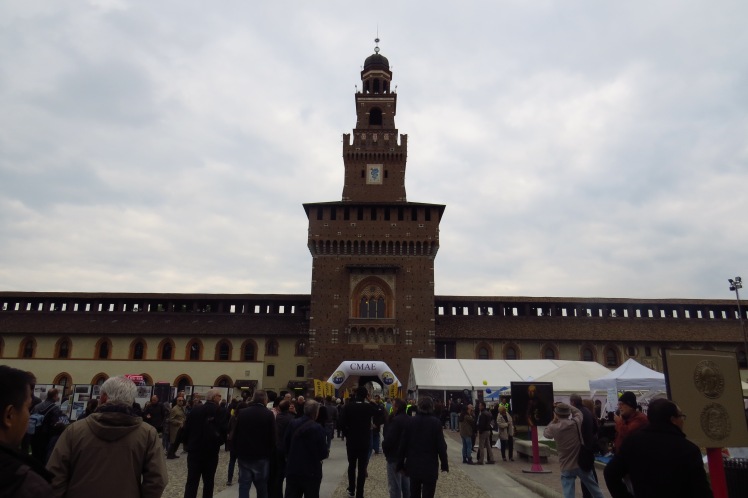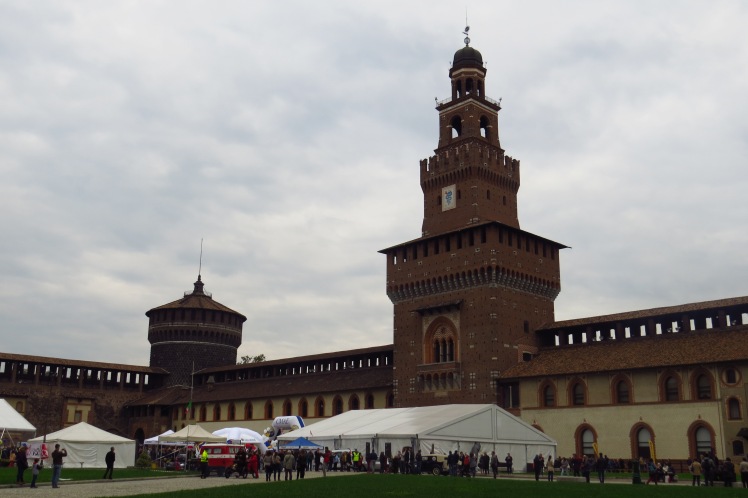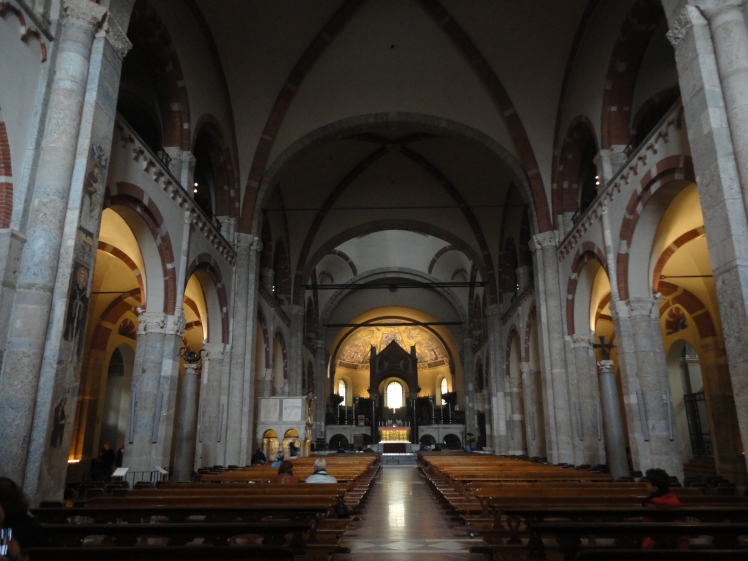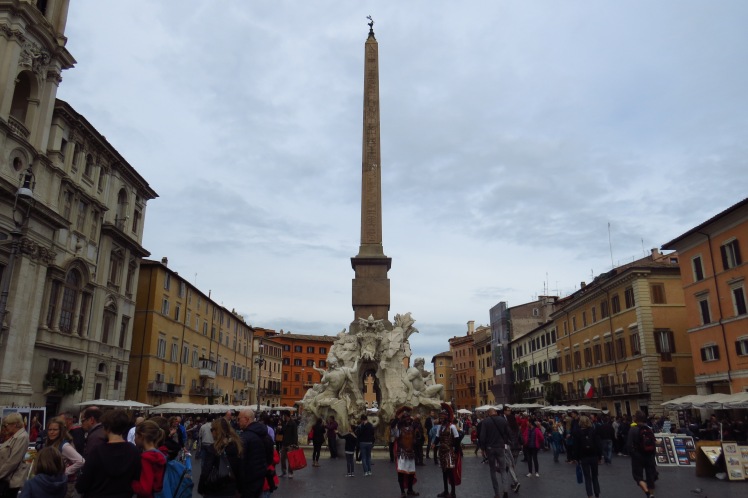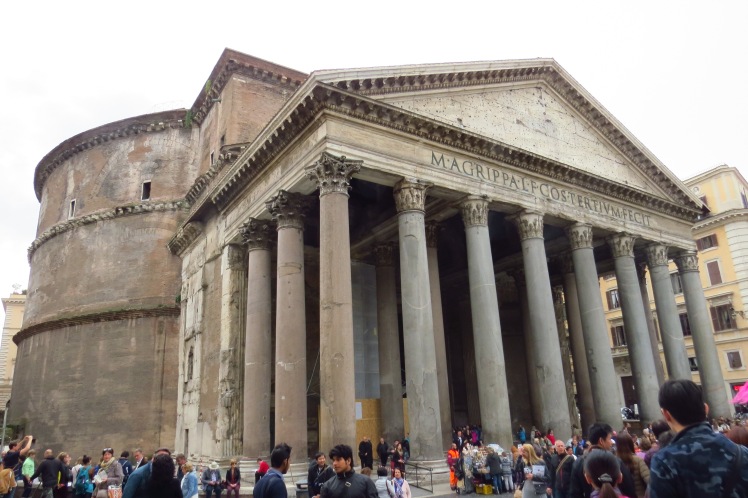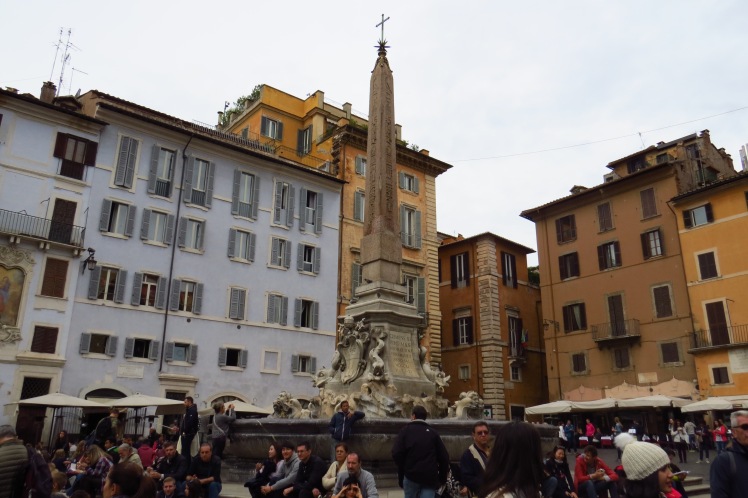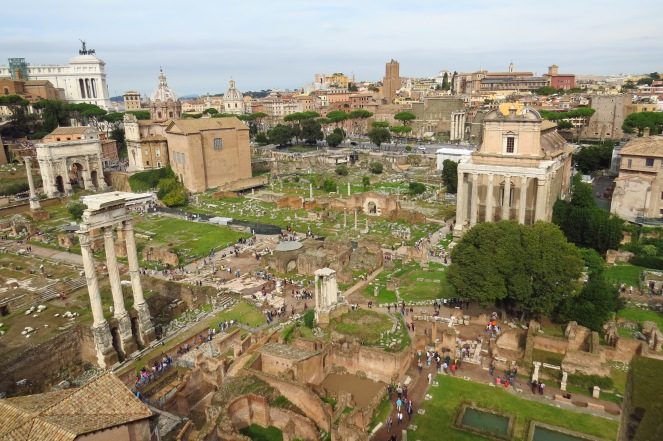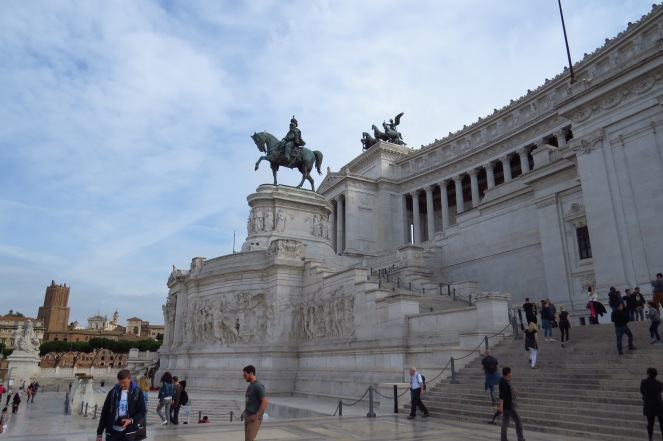Over the past few years, I’ve become more curious about Europe and have read a number of books about European countries such as the Netherlands, Italy, Germany, and France. I’ve also read about the Rhine and the Danube rivers, which flow across Europe from the western and eastern ends respectively. So in random order, here are ten great books about Europe that I’ve read.
Why the Dutch are Different– Ben Coates
The Netherlands might be small but it is an incredibly fascinating country that does not often get enough attention. Going beyond the stereotypes of windmills and dykes (though these also do appear), the author, who lives in the country with his Dutch wife, packs history, culture, travel, and commentary on the current state of the country. Among the issues he explores are the country’s north-south religious divide, its illustrious past that saw it rival the British in naval prowess and exploration at one point, and its multiculturalism which presents challenges with integration and religious tolerance. It is an entertaining and informative book about a country, that, in Coates’ own words, “for all its faults, was happier than Britain, more efficient than France, more tolerant than America, more worldly than Norway, more modern than Belgium, and more fun than Germany.”
Pursuit of Italy– David Gilmour
Providing a compelling history and commentary about Italy, this book’s author actually argues that Italy does not make much sense as a country. But by featuring the country’s great history, its disparate cities and regions such as Venice, Milan, Florence and Napoli, its messy politics, and military misadventures, Gilmour presents a great showcase of one of the most fascinating countries in Europe and the world. Note: The review will be posted soon.
Germania– Simon Winder
Though a country with a stern reputation, this is as irreverent and jaunty a book about Germany that one can possible read. Part history, part travelogue, part commentary, Germania tells the story of Germany from Roman times to the 1930s, which is when, as we all know, things take a very dark turn. Just like Germany, was for much of its history was a bunch of kingdoms, states and cities, the book seems like a disorderly and slightly confusing jumble of chapters, but as a whole present an engrossing picture. There is substantial parts about military and political history such as the Holy Roman Empire, and the rivalry with France, as well as World War I.
France- A History from Gaul to de Gaulle – John Norwich
As the title says, this book tells the story of France from 58 BC all the way to the mid-20th century. Not too long in length, the book flows through 2,000 years of French history by focusing on kings, wars, revolutions, and turmoil, revealing France to have a much more bloodier past than most would expect. Famous leaders like the “Sun King” Louis XIV, Napoleon Bonaporte, and Charlemagne feature, as do less well-known but still important kings like Louis VI “the Fat” and Philip IV “the Fair.”
The Italians– John Hooper
A book focusing on the people and society of Italy, the Italians is full of fascinating and quirky insights and details about a very colorful and complex country. The author, a British correspondent based in the country, looks at everything from geography to corruption to football to gender and family norms. While travelogues usually let you experience what it feels like to visit a country, this book gives you a glimpse of what it would be like to live in Italy. And yes, that this is the second book on this list about Italy is not an accident.
Engel’s England– Matthew Engels
While not exactly a travelogue, Engel’s England does actually cover the entirety of England, specifically 39 counties and London. Engels is a born and bred Englishman, so he brings the perspective of a local getting to grips with his own country. In this sense, there are some peculiar things that non-English people like myself might not really understand such as local (by this, I mean very local as in village or county) customs and festivals. Engels truly does cover off the beaten track, mostly foregoing major cities in favor of the surrounding countryside villages and small towns, which gives the book a lot of character.
Swiss Watching– Diccon Bewes
I have to admit Switzerland has never seemed that interesting to me, but after reading this book, that opinion has changed slightly. The author looks at the country’s history, explains its politics, especially its referendums, and points out the complexities of its multilingual society. He also covers fun stuff like travel, cheese, and the nation’s most famous literary character. Whether you are fascinated with Switzerland or not, you will learn insightful and fascinating facts and stories about it.
The Danube– Nick Thorpe
Flowing from the Black Sea westwards along much of Eastern Europe to Germany, the Danube is one of the world’s most well-known rivers. Traveling along the river through nations like Romania, Ukraine, Hungary, Serbia, and Czech Republic, Thorpe produces an account that is both somber and riveting, highlighting both national histories and individual stories of hardship, tragedy and resilience. Prehistoric European cultures, Roman ruins, crushing defeats to the Ottomans, and the Balkan Wars of the 1990s all feature, as do sturgeon.
The Rhine– Ben Coates
Coates appears again on this list with his second book, about the Rhine, which flows from the Netherlands south and east to France, Switzerland, Austria and Germany. The Rhine might not be that long, but it has played a significant role in the economic and political development of Western Europe, and witnessed along its banks significant events and developments like industrial powerhouses, World War II battles, and numerous significant and interesting cities like Rotterdam, Arnhem, Frankfurt, Cologne, Strasbourg, and Basel. Also, this book might be one of the few where you might read about Liechtenstein, one of the world’s tiniest nations that is wedged between Switzerland and Austria.
Istanbul– Bettany Hughes
If you want to read an entire history book about a single city, Istanbul should certainly be one of the top choices. Not only is it one of the world’s most famous metropolises, but its vast history spans millenia, empires, religions, and cultures, which this book covers. While it is not for certain if Turkey is European, Istanbul’s past as the capital of the Eastern Roman Empire, which then became the Byzantine Empire, and its Latin and Greek heritage, all of which is featured in the book, make it a definite part of European history.
If you enjoyed this list, you might want to check out my older lists of books on countries, and continents.
